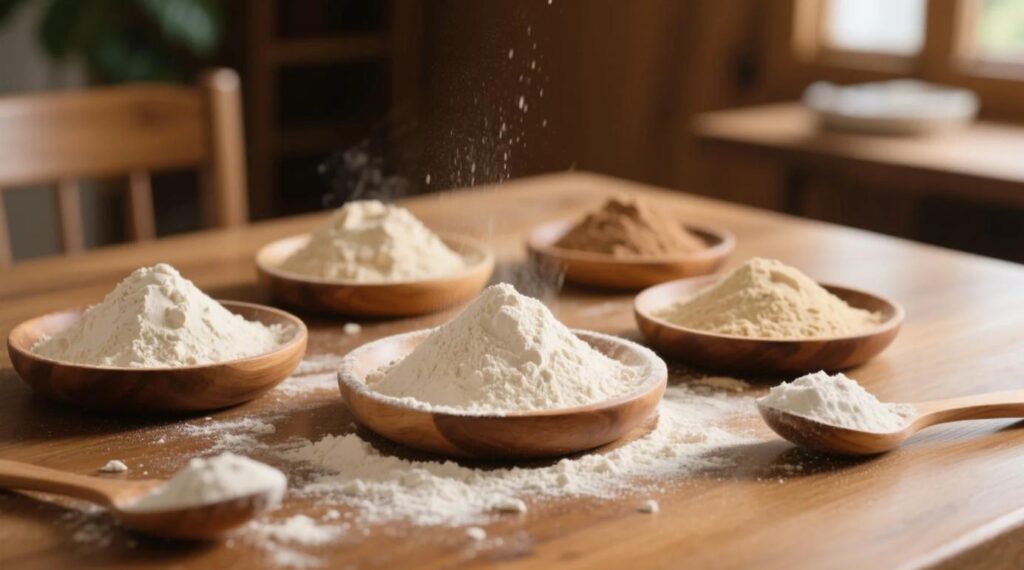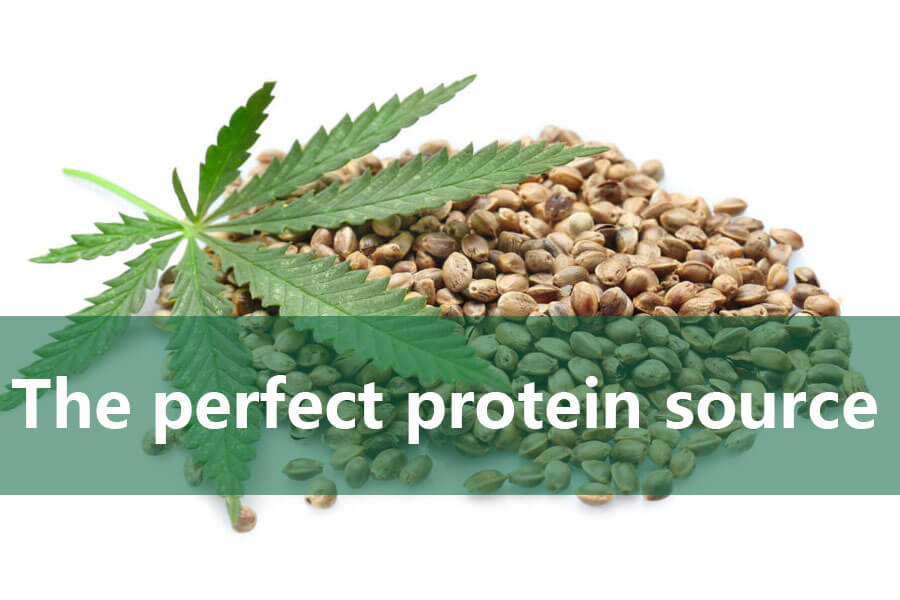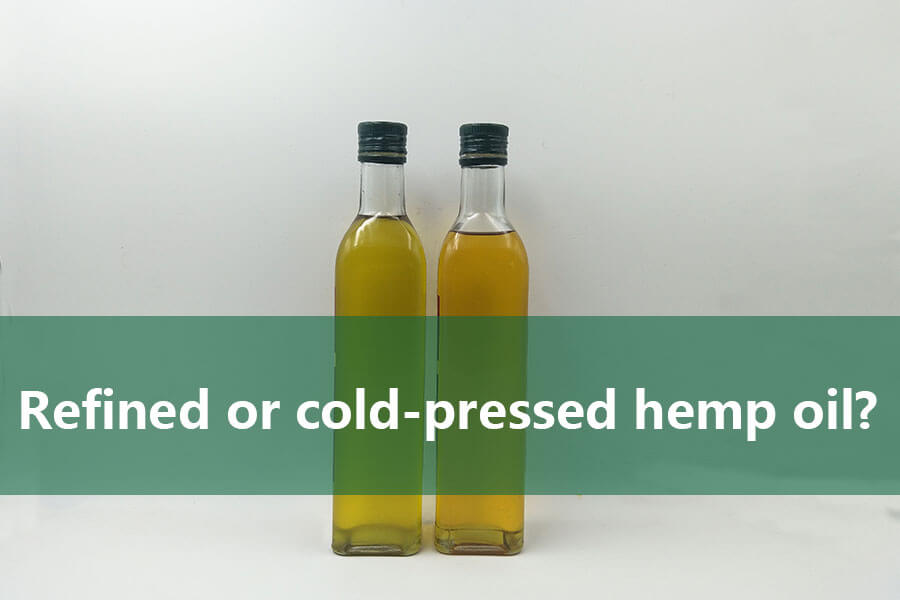Navigating the world of plant-based proteins can feel like solving a nutritional puzzle. While most plant proteins lack one or more essential amino acids, a few stand out as “complete” or can be strategically paired to fill gaps. Below, we break down 7 key plant proteins—including concentrates and isolates—and reveal how to maximize their benefits.

What Makes a Plant Protein “Complete”?
A complete protein contains all 9 essential amino acids in sufficient amounts:
- Histidine, Isoleucine, Leucine, Lysine, Methionine, Phenylalanine, Threonine, Tryptophan, Valine.
Most plant proteins are “incomplete,” but exceptions and smart pairings can unlock full nutritional potential.
1. Hemp Protein
- Type: Typically sold as concentrate (40–50% protein).
- Complete? Yes, but low in lysine.
- Amino Strengths: Rich in arginine (heart health) and branched-chain amino acids (BCAAs).
- Best Paired With: Legumes (to boost lysine).
- Uses: Smoothies, energy balls, gluten-free baking.
2. Sunflower Seed Protein
- Type: Usually concentrate (50–60% protein).
- Complete? No. Lacks lysine and threonine.
- Amino Strengths: High in methionine and cysteine (supports detox).
- Best Paired With: Lentils or quinoa (for lysine).
- Uses: Vegan cheese sauces, soups, savory snacks.
3. Pumpkin Seed Protein
- Type: Mostly concentrate (60–70% protein).
- Complete? Yes, but lysine and methionine are borderline.
- Amino Strengths: Loaded with tryptophan (mood support) and zinc.
- Best Paired With: Brown rice protein (balances methionine).
- Uses: Oatmeal, soups, plant-based meat alternatives.
4. Soy Protein
- Type: Available as isolate (90%+ protein) or concentrate (70–80%).
- Complete? Yes.
- Amino Strengths: Balanced profile, comparable to whey.
- Controversies: Contains phytoestrogens (safe for most, but consult a doctor if hormone-sensitive).
- Uses: Tofu, tempeh, protein shakes, meat substitutes.
5. Pea Protein
- Type: Isolate (80–90% protein) or concentrate (70–80%).
- Complete? No. Low in methionine and cysteine.
- Amino Strengths: High in BCAAs and lysine.
- Best Paired With: Rice protein (methionine boost).
- Uses: Protein powders, vegan burgers, baked goods.
6. Mung Bean Protein
- Type: Often isolate (80–85% protein).
- Complete? No. Lacks methionine.
- Amino Strengths: Easily digestible, rich in lysine and iron.
- Best Paired With: Hemp or sunflower protein.
- Uses: Vegan scrambles, soups, Asian-inspired dishes.
7. Rice Protein
- Type: Primarily concentrate (70–80% protein).
- Complete? No. Low in lysine.
- Amino Strengths: Hypoallergenic, high in cysteine.
- Best Paired With: Pea protein (classic “vegan combo”).
- Uses: Baking, shakes, gluten-free recipes.
Concentrate vs. Isolate: Key Differences
| Factor | Concentrate | Isolate |
|---|---|---|
| Protein Content | 40–80% | 80–95% |
| Processing | Mild (mechanical filtration) | Intensive (chemical/heat methods) |
| Fiber & Nutrients | Higher (retains natural compounds) | Lower (stripped during processing) |
| Digestibility | Moderate | High |
| Cost | Affordable | Premium |
How to Build a Complete Plant Protein Plate
- Pair Grains + Legumes:
- Rice (low lysine) + Pea (high lysine).
- Seeds + Legumes:
- Hemp (low lysine) + Lentils (high lysine).
- Blend Proteins:
- Pumpkin Seed + Soy Isolate = Balanced amino profile.
Only soy and pumpkin seed proteins are technically complete—but even they may need pairing for optimal amino acid ratios. For other plant proteins, strategic combos like pea + rice or hemp + legumes fill the gaps.
Concentrates shine for whole-food nutrition, while isolates excel in protein density and digestibility. Choose based on your goals:
- Athletes: Opt for isolates (e.g., soy or pea) post-workout.
- Eco-Conscious Foodies: Blends like hemp + pumpkin seed offer sustainability and flavor.


